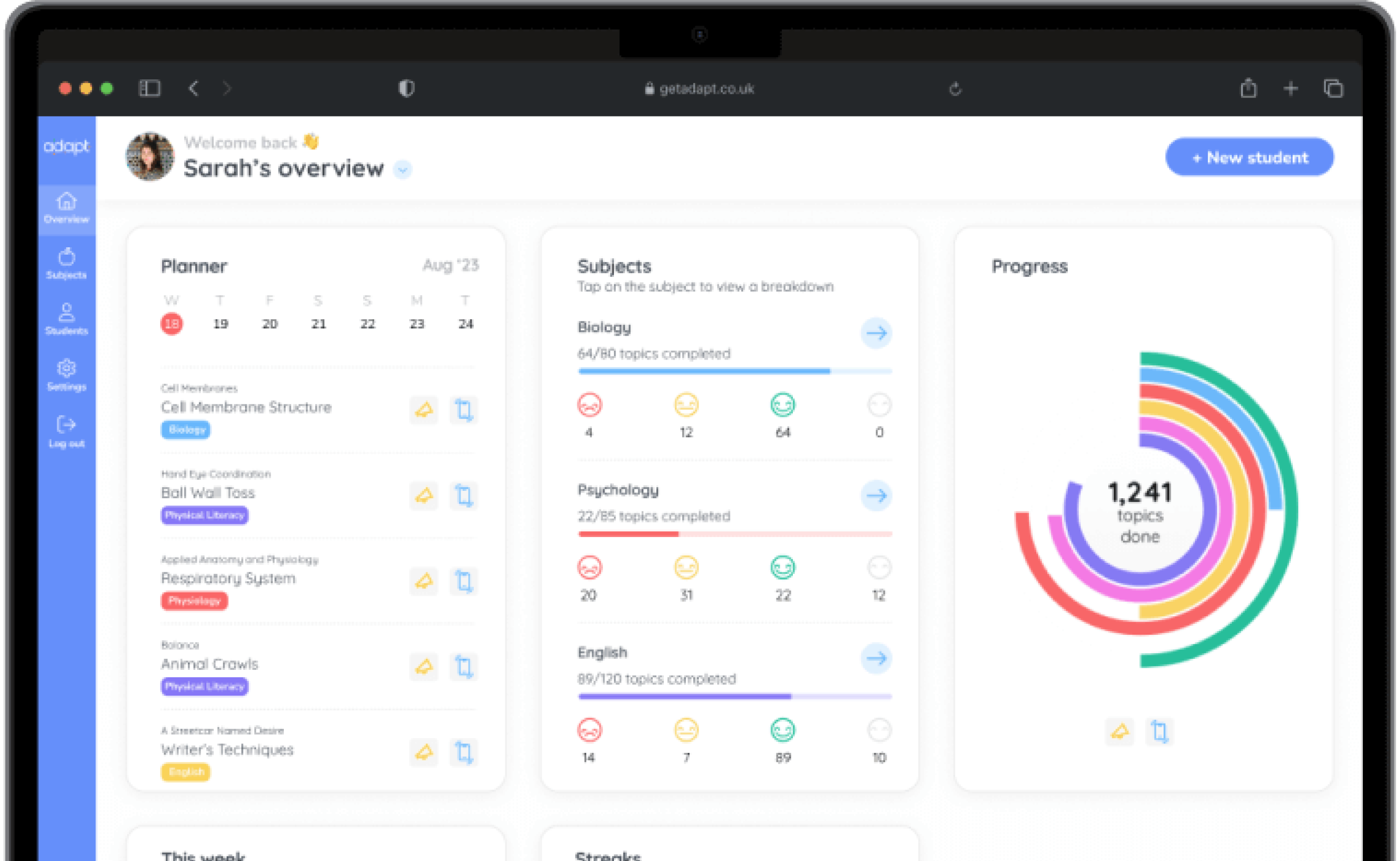Fish Husbandry
Introduction to Fish Husbandry
History of aquaculture and fish husbandry
🤓 Study
📖 Quiz
Play audio lesson
History of aquaculture and fish husbandry
Early Aquaculture
- Aquaculture has been practised for many centuries. In fact, some early forms of aquaculture date back to the ancient Egyptians and Chinese who farmed fish in ponds for food.
- The Chinese also developed techniques for hatching fish eggs as early as 1000BC.
- In Europe, small-scale cultivation of fish in pond systems was used by monasteries, this represents some of the earliest examples of aquaculture in the region.
Aquaculture throughout the Ages
- In the 15th century, carp farming became popular in Eastern Europe.
- The 19th century saw the advent of trout and salmon farming in the UK, marking the proliferation of aquaculture activities.
- Japanese cultured pearls made through aquaculture were first produced in the early 20th century.
Modern Aquaculture
- The pressure on wild fish populations increased significantly in the 20th century due to overfishing, and this led to the development of efficient practices in aquaculture.
- In the 1950s, methods for fish cultivation in cages were developed in Japan, transforming the industry.
- Techniques have continually improved, and today's practices include the use of carefully regulated diets, health management, and technology such as computer-aided feeding and environmental management.
Significance of Fish Husbandry in Aquaculture
- The development of aquaculture has gone hand in hand with increasing sophistication in fish husbandry.
- A key part of fish husbandry involves providing suitable conditions for fish growth, including correct nutrition, temperature conditions and water quality.
- Good fish husbandry also involves managing fish health to prevent disease.
Trends in Aquaculture and Fish Husbandry
- Sustainability has been a key trend in both aquaculture and fish husbandry in recent years, with an increasing emphasis on reducing environmental impact through practices like integrated multi-trophic aquaculture (IMTA).
- Advances in technology have led to precision aquaculture, which involves using advanced systems to monitor and manage all aspects of fish growth and welfare.
- The focus on animal welfare standards in aquaculture has been increasing, with welfare-assured aquaculture products gaining more prominence in the market.





